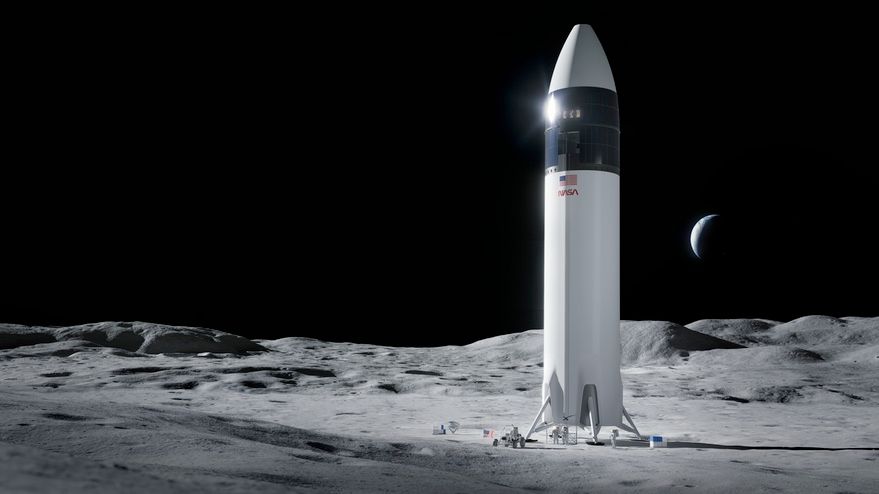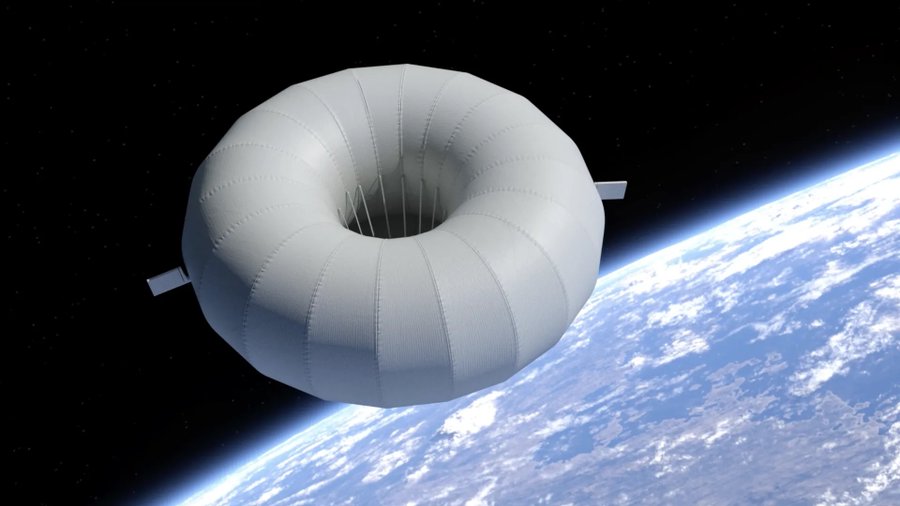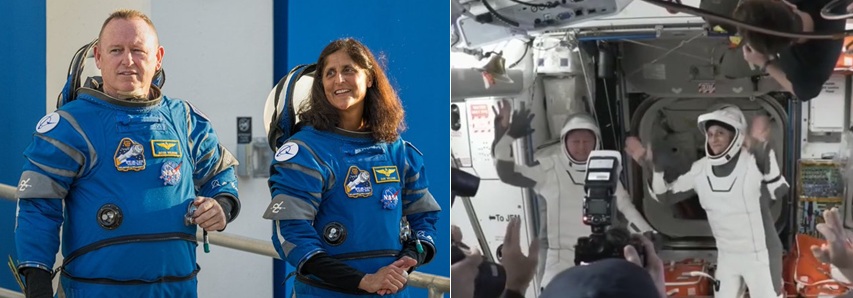As Elon Musk had hinted on his Twitter feed, NASA formally announced on 26 April that it had selected SpaceX to provide a Human Landing System (HLS) for its Artemis Programme. The US$2.89 billion contract covers the development of the lander and a demonstration mission. SpaceX will be using its tall Starship rocket design, making it reminiscent of what science fiction writers and film makers in the 1950s believed a lunar lander would look like. The lander would be launched by the firm’s Super Heavy booster. It would then be refuelled in low Earth orbit by another launched Starship before proceeding to the Moon.
It is still envisaged that the human crew will fly separately to a high lunar orbit on the Orion spacecraft/service module launched by the SLS rocket. The crew would then transfer into the lander or do so via the Lunar Gateway space station. After the landing, the crew would ascend back into lunar orbit and onto the Orion for return to Earth.
SpaceX had been in competition with Blue Origin’s National Team and a team led by Dynetics. Both had different design concepts from SpaceX and from each other. It was originally envisaged that NASA would pick two of the three teams to go forward in an “Option A” run-off. However, the US Congress only granted NASA US$850 million in funding for FY2021 and so NASA found itself having to choose just one. Furthermore, it had to choose the cheapest and most developed option: SpaceX. The SpaceX bid was half the price of Blue Origin’s bid of nearly US$6 billion. Nevertheless, the choice remains controversial. The technical rating for the SpaceX design was just “acceptable” whereas Blue Origin’s more traditional lander design was rated “very good”.
Update on 29 April: Both Blue Origin and Dynetics have filed formal protests to the US Government Accountability Office over the way the HLS contract was awarded.
Comment by David Todd: Having such a tall lander will present problems in terms of balance and control during the landing. Significant design changes will need to be made to Starship if it is to be made into a viable lander. For example, aerodynamic control surfaces play a key role in stabilising the craft during its approach for landings on Earth and these will not be available on the Moon. Worse, we have major doubts about the wisdom of using cryogenic fuels whose storage and transfer technologies are yet to be perfected. It is not the plan we would have chosen if a landing by 2024 is to be achieved. That would have involved a much simpler storable propellant lander (plus transfer stage) launched towards the Moon on a translunar trajectory by a SpaceX Falcon Heavy/ICPS upper stage combination.







